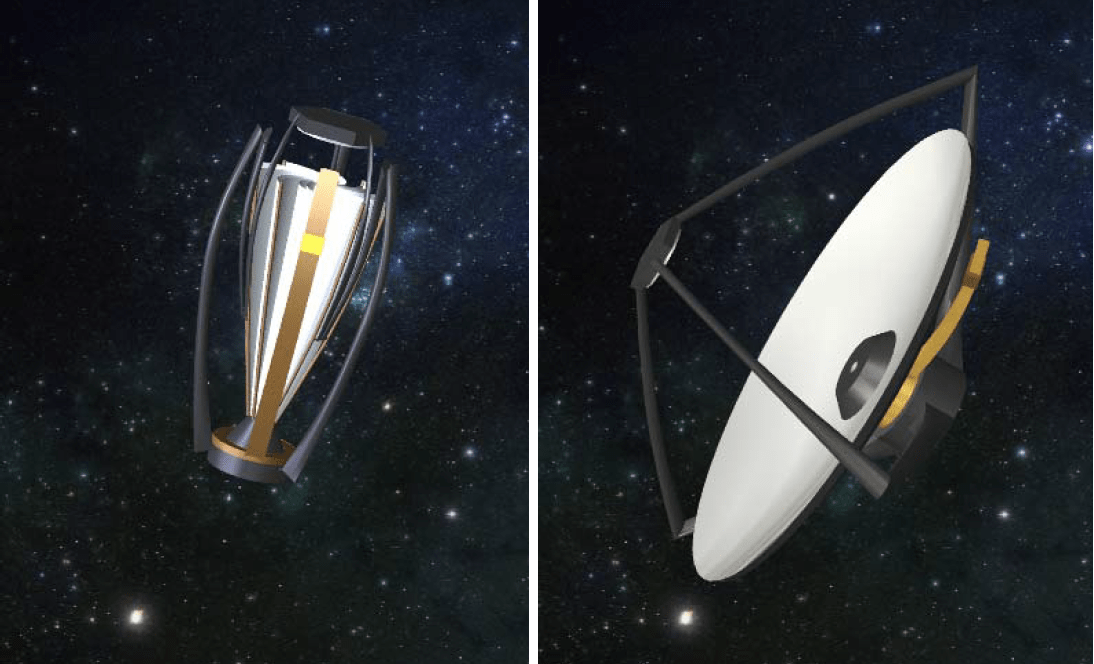Melville Ulmer
Northwestern University
Phase I Overview
One of the pressing needs for space ultraviolet-visible astronomy is a design to allow larger mirrors than the James Webb Space Telescope primary. The diameter of the rocket fairing limits the mirror diameter such that all future missions calling for mirrors up to 16 m in diameter or larger will require a mirror that is deployed post-launch. In response to the deployment requirement, we address the issues of this concept called “A Precise Extremely large Reflective Telescope Using Reconfigurable Elements (APERTURE) with both hardware experiments and software simulations. APERTURE will use a deployable membrane-like mirror. The mirror figure will be corrected after deployment to bring it into better or equal lambda/20 deviations from the prescribed mirror shape, where lambda (typically 400 nm-1 micron) is the operational wavelength. Instead of using the classical piezoelectric-patch technology, our concept is based on a continuous coating of a Magnetic Smart Material (MSM). We expect that the initially deployed mirror will not have a perfect figure. Thus our design uses magnetic write heads to produce stress in the MSM and improve the figure, post deployment. This Phase II NIAC proposal is to address two of the tall poles in the concept: (a) Can corrections on a large size be made and retained for a long enough time (> 1 week); (b) Can deployment be done in such a way that the figures corrections are small enough to be correctable via the MSM plus magnetic field, and at the same time, the in plane stresses as small enough to allow the stresses resulting magnetic field injected into the MSM plus magnetic fields to make the necessary corrections. Tall pole “a” will be primarily the responsibility of Northwestern University (NU) and “b” of University of Illinois Urbana-Champaign. NU will carry out overall scientific leadership and will coordinate and solicit input from GSFC, JPL, and NIST.































